Ancient Egyptians Celebrated the Feast of Drunkenness with Blood-Red Beer
One of history’s earliest mixed drinks was made to appease a ferocious goddess.
THIS ARTICLE IS ADAPTED FROM THE FEBRUARY 24, 2024, EDITION OF GASTRO OBSCURA’S FAVORITE THINGS NEWSLETTER. YOU CAN SIGN UP HERE.
There’s a whole lot of hair-splitting about who came up with the first cocktail.
A quick Google search will reveal a litany of opinions. Some claim that the Sazerac, which first appeared around the 1830s, holds the distinction. Others would say that the unnamed concoction of spirits, sugar, and bitters—essentially, an Old-Fashioned—published by an anonymous American bartender in an 1806 newspaper is the winner.
Yet there are plenty of older examples of mixed drinks, from the hot ale flips served in New England taverns in the late 1600s, to English possets, which date back to the Middle Ages. Plus, people on the Indian subcontinent (who figured out distillation earlier than their European counterparts) were mixing up punches centuries earlier.
Last year, I spoke with cocktail historian Amanda Schuster, who has a recipe for a boozy Scottish drink with roots dating back to the 1400s in her book Signature Cocktails. She pointed out that people have been mixing stuff with alcohol to make it taste better for a very, very long time.

That got me thinking: just how old can mixology be?
According to Dora Goldsmith, an Egyptologist at Berlin’s Freie Universität, the ancient Egyptians were making mixed alcoholic beverages in the Ptolemaic Dynasty, around 300 BC.
While there’s evidence of distilled liquor dating back to 800 BC in parts of Asia, Egyptian “cocktails” more resembled fortified wines and beers. And when the debauched Feast of Drunkenness rolled around, these fragrant, sweet elixirs flowed freely.
Sacred Knowledge
Goldsmith has translated what may be instructions for two such libations from a religious text. “This is a hymn, as far as the text genre goes, but behind that hymn are traces of a recipe,” Goldsmith explains.
Versions of that same sacred song, known as “The Menu Song,” were chiseled onto the temples of Dendera, Philae, and Athribis. “It was recorded many times, which means it was important to the ancient Egyptians.”
As Goldsmith points out, four other Egyptologists have published analyses of this text before her and each has walked away with a subtly different interpretation of what it means. “The truth is that no one is incorrect and no one is correct,” she says.
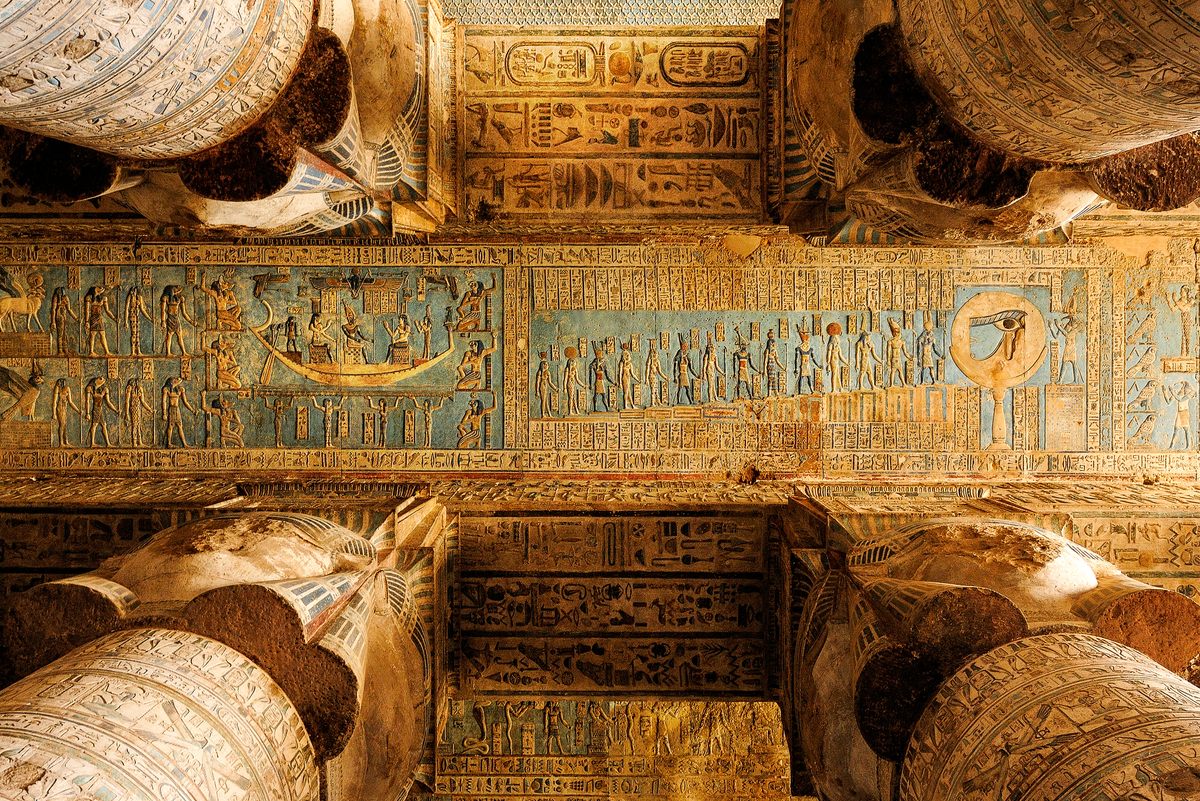
The ingredients and steps are cloaked in metaphors and poetic language. But it’s not an accident that the text is tricky to follow.
“This belonged into the realm of restricted knowledge. [The ancient Egyptians] believed in the notion that knowledge is power. One way of immortalizing a document that is important while keeping it a secret is to write it in stone, but in a way that is very hard to understand.”
Goldsmith believes that hidden behind these layers of meaning are recipes for preparing two drinks, one for the mortals and one for the gods. The former may have been served at the Feast of Drunkenness, ancient Egypt’s wildest bacchanal.
“The Menu Song was probably sung on these [feast] days, while they drank this fragrant beer, and were in complete ecstasy,” Goldsmith says. “What is important to understand is that beer-brewing here is a mythological act. The brewing itself ensures that the cosmic order remains intact.”
The Feast of Drunkenness
Before we look at the drinks themselves, let’s talk about Hathor, the goddess for whom they were created. This most ancient and powerful of goddesses had a wide mythical jurisdiction over music, sexuality, fertility, motherhood, as well as precious metals such as gold and fragrances including myrrh and labdamum.
“She has two sides,” Goldsmith says. “On the one hand, she’s very loving, but she can also be a raging lunatic. She’s a cute little kitty cat one day and a raging lioness the next.”
Hathor was also the goddess of intoxication. In the myth of the Destruction of Mankind, Ra, the sun god, orders Hathor to slaughter humanity for their lack of reverence. In this tale, she becomes Sekhmet, a lioness goddess (the two deities are sometimes used interchangeably in ancient Egyptian mythology and share attributes).

“Hathor was bloodthirsty, so she was very happy with the task,” Goldsmith says. Before long, the goddess was rampaging out of control. “Ra told her ‘Enough of the killings,’ but she didn’t want to stop,” Goldsmith says.
To halt the carnage, the sun god resorted to trickery. One version of the story recounts that Ra flooded a field of barley and allowed it to ferment, while another claims he simply poured out 7,000 jars of beer. In either case, Ra cleverly dyed the beer crimson using red ochre, a type of edible clay rich in iron oxide.
“When Hathor arrived, she started drinking what she thought was blood,” Goldsmith says. After guzzling the better part of a field of beer, the goddess became too drunk to continue her murder spree and took a nap, thus saving humanity.
Continuing the Ritual
In honor of Ra’s intervention, ancient Egyptians would celebrate each year by drinking lots and lots of beer. By all accounts, the Feast of Drunkenness lived up to its name.
“People would get so drunk that they would climb on the temples,” Goldsmith says. “It was a task on this day to get completely drunk, not just a little, but so much so that you really didn’t know what was going on anymore. [The idea was that] in this state of complete intoxication, you would be able to perceive the goddess better for who she is.”
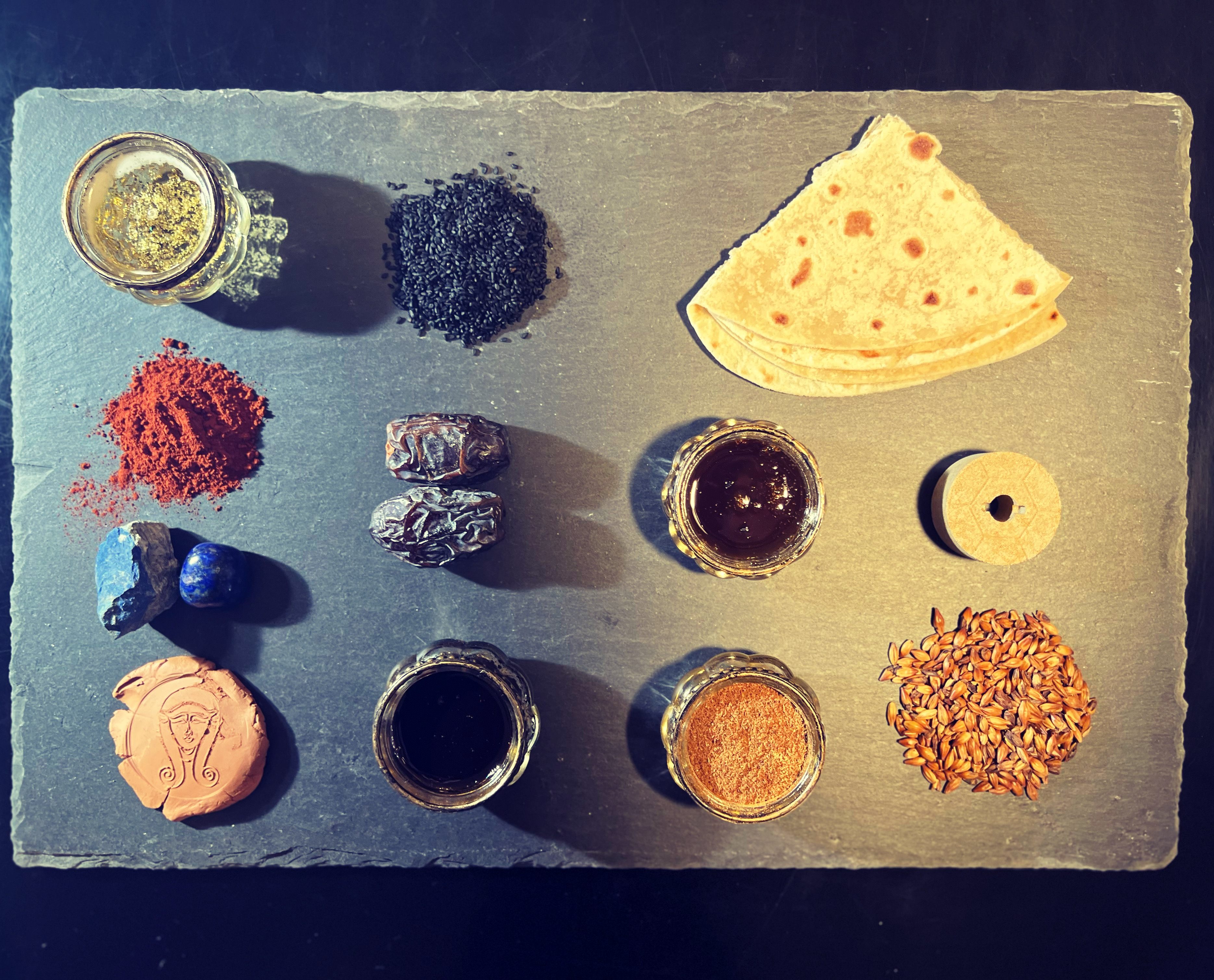
It’s important to remember that beer brewing was a vital part of life throughout much of the ancient world. It was also historically women’s work. Both Ninkasi, the ancient Sumerian goddess of brewing, and Nephthys, another ancient Egyptian goddess associated with beer, were powerful, feminine beings deemed worthy of veneration.
Goldsmith attempted to recreate the elixir that got the population so wildly intoxicated by following 18 steps laid out in the hymn. Each refers to a part of the earthly beer-making process as well as brewing a drink for the divine realm. The imagined drink for the goddess herself included wine enhanced with costly labdanum resin and gold.
For the mere mortals, the text faithfully describes the steps of brewing beer, starting by soaking flatbreads in water and allowing them to ferment, a practice archeologists believe was common in ancient Egyptian brewing.
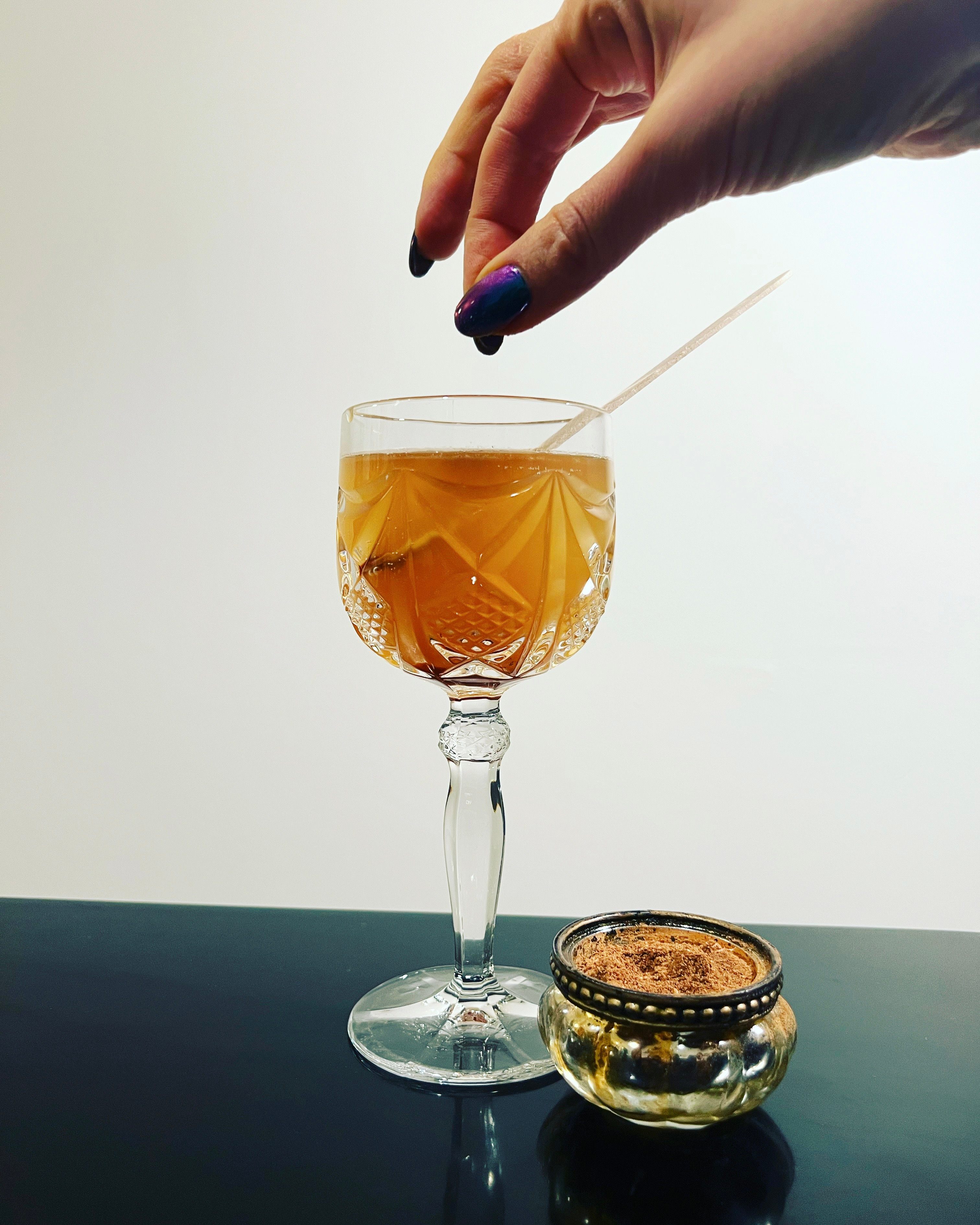
From there, the beer gets a few specific enhancements: red ochre to commemorate the myth and lend a striking color, dates and date syrup to lend sweetness, black cumin seeds for an earthy flavor, and mastic and myrrh to perfume the whole mixture.
Although there is no record of the exact quantities of each ingredient, modern-day drinkers could easily make their own approximation. All of these ingredients are edible and available to purchase online.
Goldsmith plans to publish additional details about her versions of the recipes, but until then, is selling kits containing cocktail ingredients and instructions upon email request.
“Both recipes are representations of the goddess Hathor,” Goldsmith says. The result is both laden with symbolism and a pretty tasty beer cocktail. “Beer brewing [in this case] is a mythological act,” Goldsmith says. “The brewing itself ensures that the cosmic order remains intact.”
Gastro Obscura covers the world’s most wondrous food and drink.
Sign up for our regular newsletter.








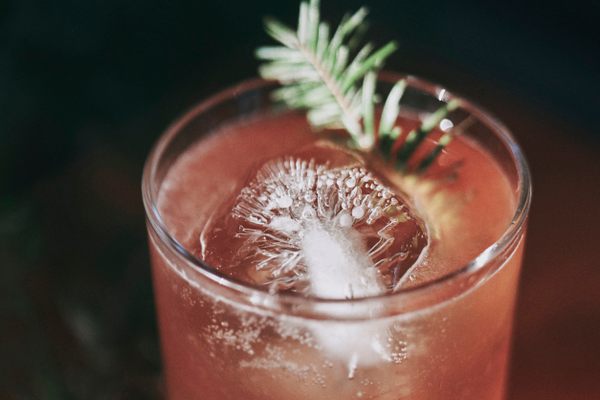
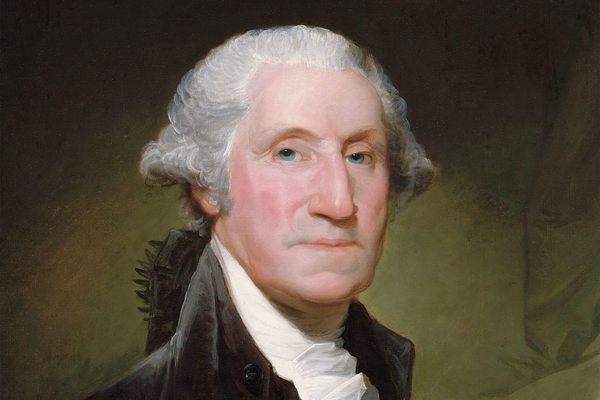








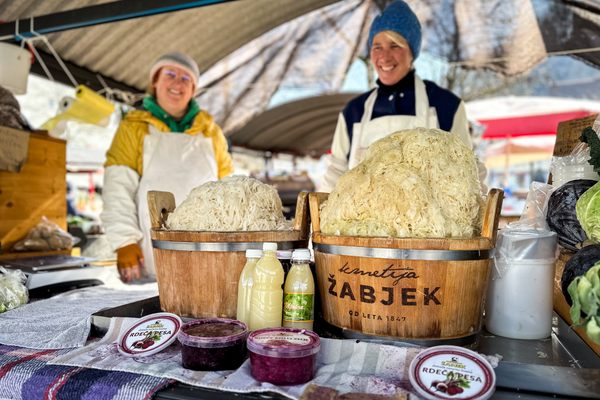

Follow us on Twitter to get the latest on the world's hidden wonders.
Like us on Facebook to get the latest on the world's hidden wonders.
Follow us on Twitter Like us on Facebook